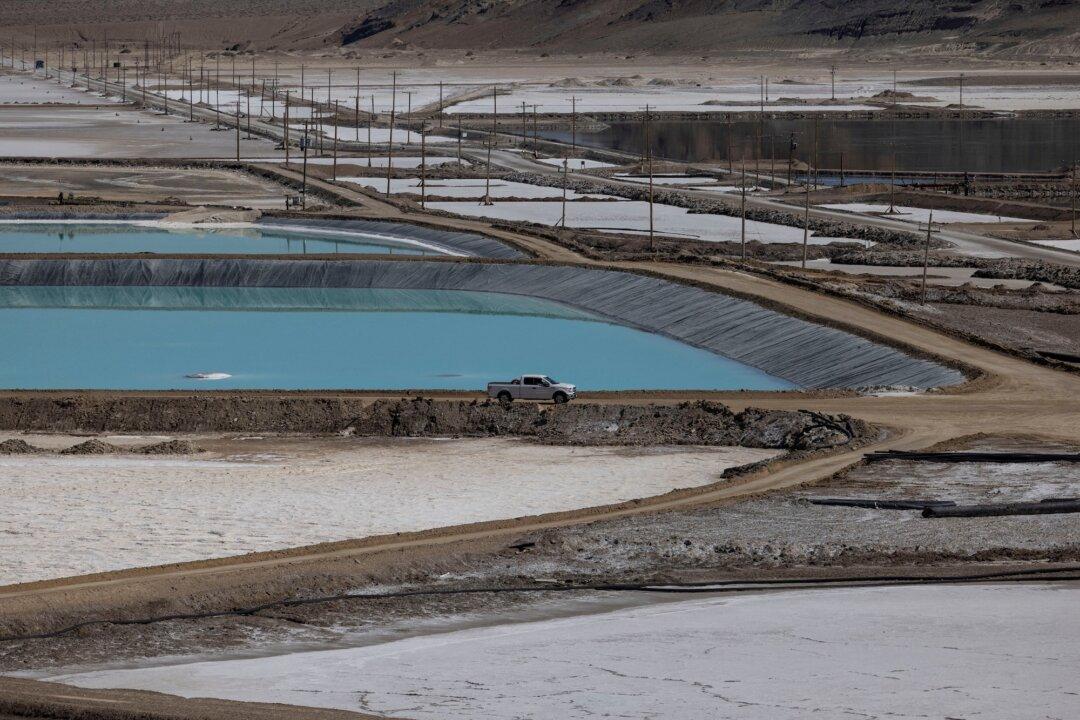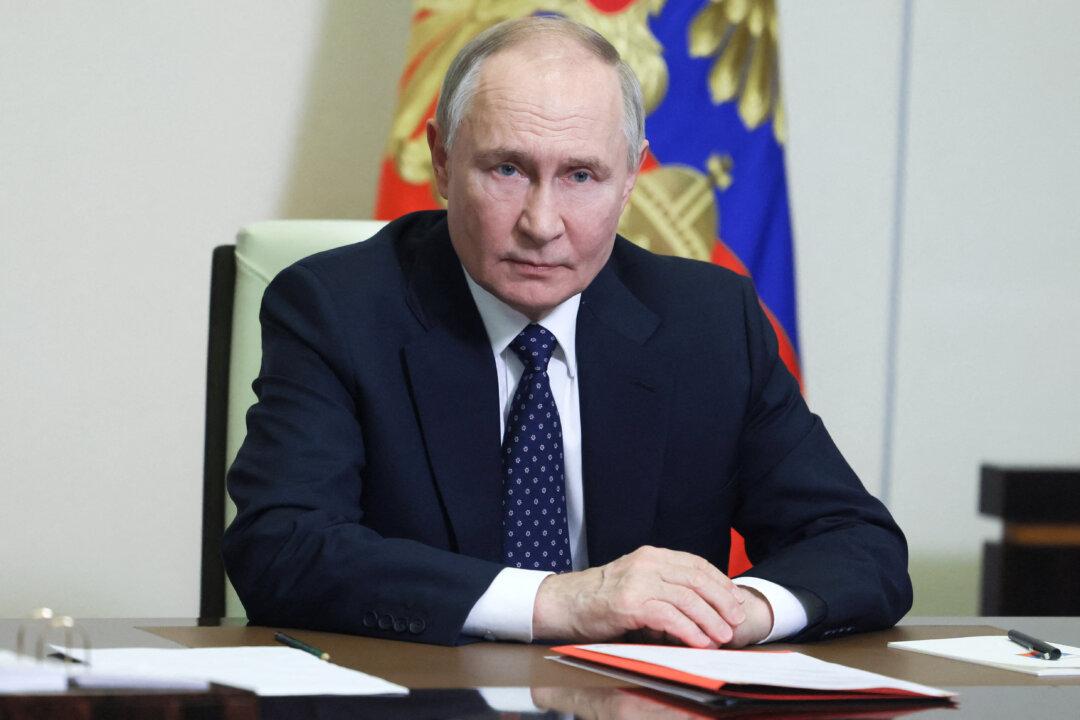Iran is installing thousands of advanced centrifuges at key facilities, which was announced days after the International Atomic Energy Agency (IAEA) raised concerns over Tehran’s lack of transparency and cooperation regarding nuclear safeguards.
“We have started feeding gas into several thousand advanced centrifuges and put them into operation as part of plans aimed at the development of the nuclear program,” Eslami said on the sidelines of a cabinet meeting.
He reiterated that Iran’s activities are “transparent and peaceful” and conducted under the IAEA’s supervision and in line with the Nuclear Non-Proliferation Treaty.
As further detailed in the IAEA’s Nov. 28 report, Iran’s plans involve installing more than 6,000 advanced IR-2M, IR-4, and IR-6 centrifuges and bringing online several cascades at the underground Fordow and Natanz enrichment facilities. These advanced centrifuges can enrich uranium far more efficiently than the older IR-1 models, raising concerns about Iran’s capacity to quickly increase enrichment levels if it chooses.
The IAEA report indicates that the new centrifuges are intended to enrich uranium to only 5 percent purity, a level typically used for civilian nuclear energy. This is significantly lower than the 60 percent purity that Iran is already achieving at its Fordow and Natanz facilities and far lower than the weapons-grade uranium enrichment level of 90 percent purity. Still, the expansion of Iran’s enrichment capacity can be seen as a nuclear proliferation risk as the advanced centrifuges can be easily adjusted to enrich uranium at a higher purity.
The U.S. State Department said in a statement that it was “deeply concerned with Iran’s announcement that it is choosing the path of continued escalation as opposed to cooperation with the IAEA.”
“Iran’s continued production and accumulation of uranium enriched up to 60 percent has no credible civilian justification,” the department stated.
In remarks to Press TV, Eslami defended plans to install the new centrifuges, saying the enrichment activities are a lawful and transparent response to international pressure.
“Iran has always shown that it favors interaction, but it will never back down in the face of force, pressure, [and] illegal and unlawful conduct of the other side,” he said, adding that the country’s goals are clear and transparent.
Eslami also dismissed allegations about past undeclared activities, describing them as unsubstantiated and fabricated, and warned Western nations that further accusations would backfire.
Chief among these were questions surrounding two undeclared sites—Varamin and Turquzabad—where uranium particles of anthropogenic origin were found. The board reiterated the importance of Iran’s providing credible explanations for the origins of these particles and clarifying the location of any associated nuclear materials or equipment.
The board also noted discrepancies in Iran’s accounting of nuclear materials at its Uranium Conversion Facility. While Iran provided corrected accounting reports earlier in 2024, the IAEA identified discrepancies dating back to uranium metal production experiments from between 1995 and 2000. These materials remain unaccounted for, per the Nov. 20 report.
“While the Agency’s technical assessment of the discrepancy remains unchanged, Iran and the Agency continue discussing ways to resolve the issue,” the board stated in the report.
Another critical issue highlighted by the board was Iran’s suspension of modified Code 3.1, a legal obligation requiring early provision of design information for new nuclear facilities. Despite IAEA reminders that Code 3.1 cannot be unilaterally suspended, the board noted that Iran has refused to comply, leaving key aspects of its nuclear program shrouded in uncertainty.
In a statement accompanying the report, the IAEA board called on Iran to restore full implementation of Code 3.1 and other commitments and to cooperate fully with the agency to resolve all safeguard issues.







